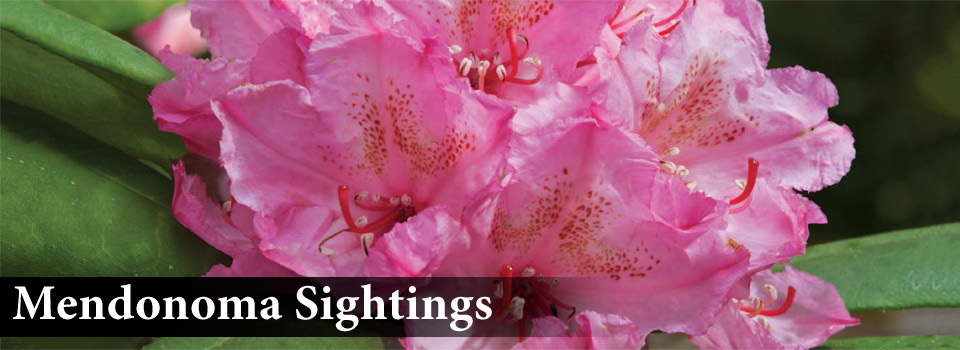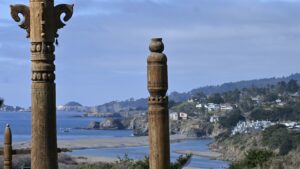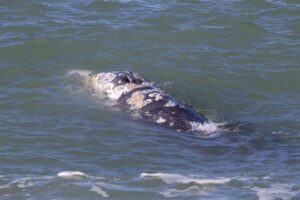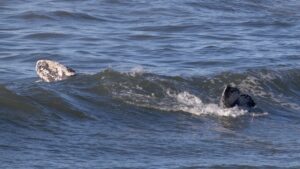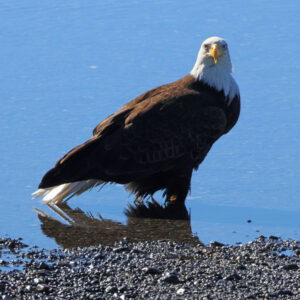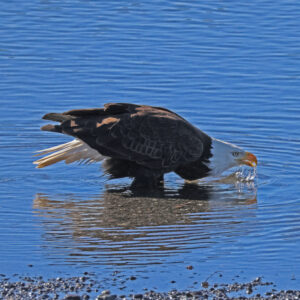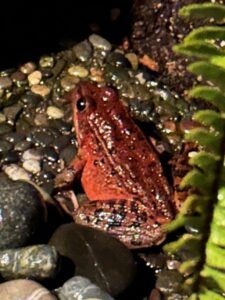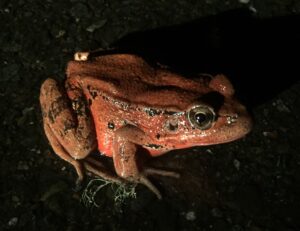Rick and Teresa Denniston saw this Bald Eagle perched on a branch from their home in Gualala, Serendipity. I presume this is the male, as the female should be tending to her nest and eggs now. Perhaps her eggs have hatched! We wish we knew, but the nest is somewhere in the Gualala River watershed. You might need wings to get to it!
Thanks to Rick for allowing me to share his photo with you here. The Denniston's beautiful home overlooking the Gualala River and Pacific Ocean is available for rental via Coasting Homes. Here's the website to see Serendipity: https://www.coastinghome.com/rns/vacation-rental/gualala/ca/serendipity When I had a major power outage (11 days!) several years ago, and I ran out of propane for my generator, they offered to let me stay at their place. It was such a gift, in more ways the one.
We are having a stormy period. Today, Friday, was filled with downpours, bright sunshine, lightning and thunder, and more downpours. As of this morning, we received 2.41 inches, bringing the season total to 56.73. A good, wet winter!
